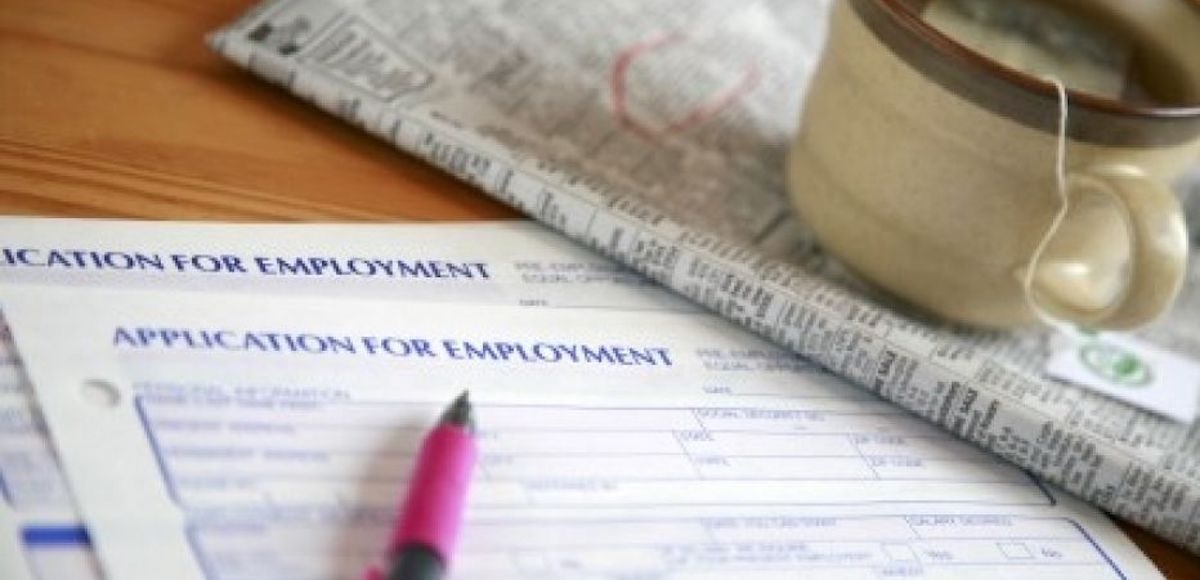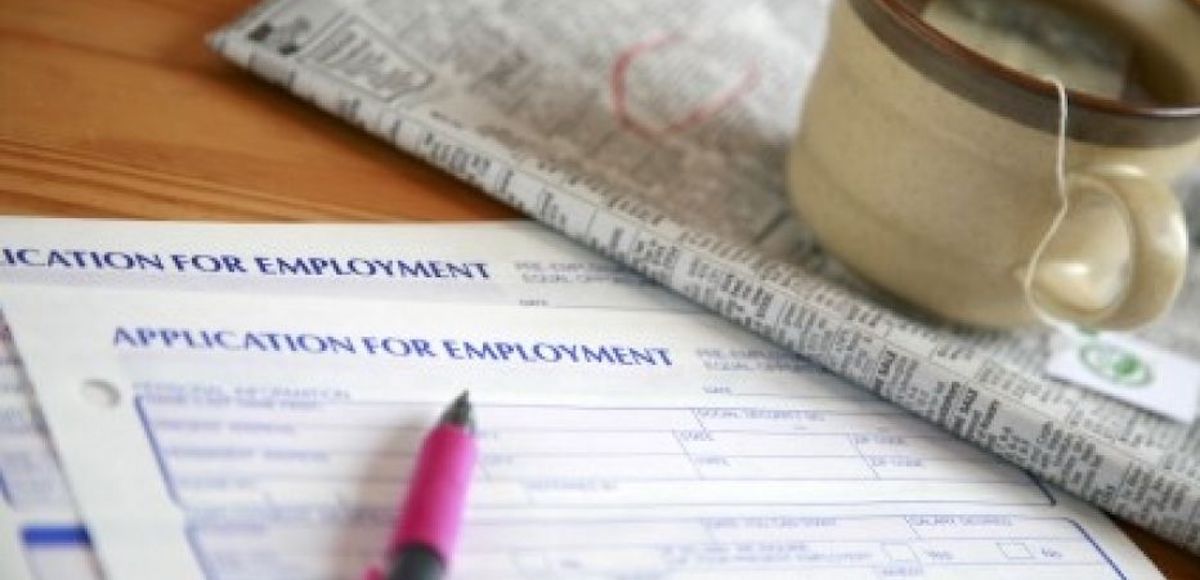

Jobless claims, an application for first-time unemployment benefits. (Photo: Reuters)
The Labor Department said Thursday the advanced figure for seasonally adjusted initial jobless claims was 236,000, beating the consensus forecast. That’s an increase of just 1,000 from the previous week’s revised level and still extremely low ahead of tomorrow’s monthly jobs report, or Employment Situation.
No state was triggered “on” the Extended Benefits program during the week ending August 12 and the previous week was revised up by 1,000 from 234,000 to 235,000.
The four-week moving average–widely considered a better, less volatile gauge–came in at 236,750, a decrease of 1,250 from the previous week’s revised average. The previous week’s average was revised up by 250 from 237,750 to 238,000.
The advance seasonally adjusted insured unemployment rate was just 1.4% for the week ending August 19, unchanged from the previous week’s unrevised rate. The advance number for lagging seasonally adjusted insured unemployment during the week ending August 19 was a very low 1,942,000, a decline of 12,000 from the previous week’s unrevised level of 1,954,000.
The 4-week moving average was 1,951,500, a decline of 6,250 from the previous week’s unrevised average of 1,957,750.
The highest insured unemployment rates in the week ending August 12 were in Puerto Rico (3.5), New Jersey (2.7), Connecticut (2.5), Alaska (2.2), Pennsylvania (2.2), California (2.1), Rhode Island (2.0), Massachusetts (1.9), Illinois (1.7), and New York (1.7).
The largest increases in initial claims for the week ending August 19 were in California (+771), New York (+411), Georgia (+263), New Jersey (+187), Michigan (+176), and Oklahoma (+176), while the largest decreases were in Pennsylvania(-831), Oregon (-446), Florida (-290), South Carolina (-290), Minnesota (-281), and Washington (-281).





